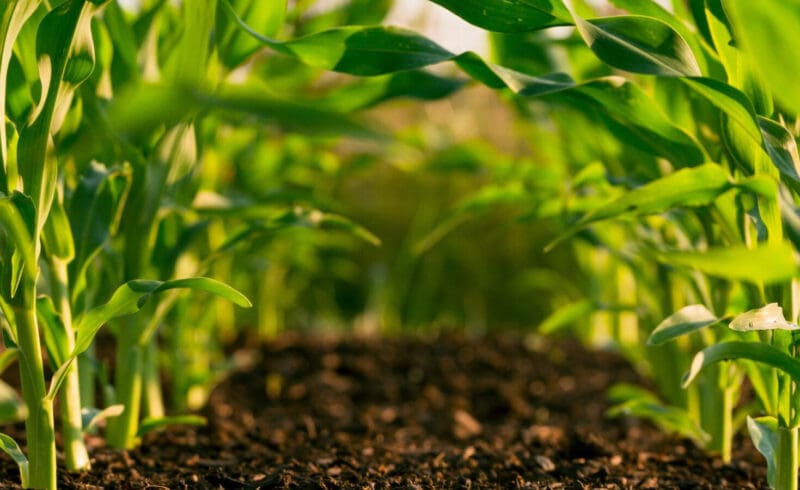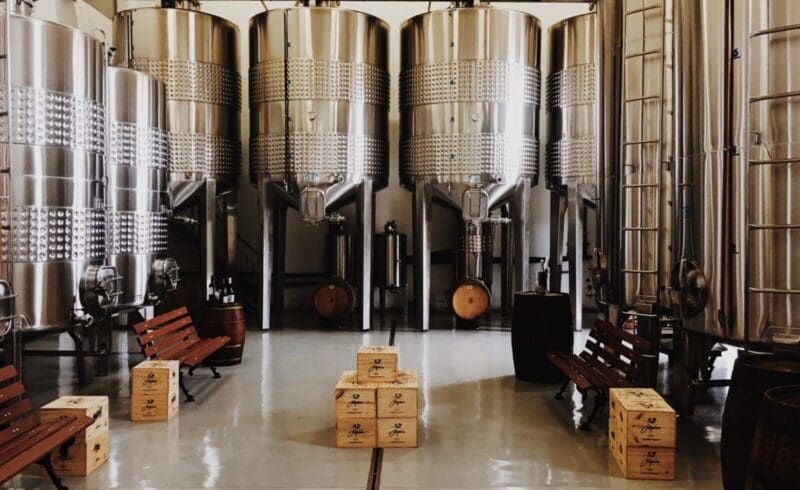Agribusinesses and farms today operate far differently than they once did. One of the more prominent drivers of this change is agricultural technology.
With numerous advancements and subsequent attention around agricultural technology in recent years, the term “AgTech” was coined, referring broadly to the use of technology in agriculture with the aim of improving yield, efficiency, and profitability for farmers and other stakeholders. At the start of this revolution, irrigation systems were the in the limelight. Now, AgTech can include drones, phase tracking, predictive weather technology, automated irrigation systems, light and heat control, and biotech. The value of this sector is expected to hit $22 billion by 2025, with investments having reached $10.5 billion in 2021.
North America is forecast to hold the largest share of the world’s smart-farming market, with demand for smart technologies anticipated to increase in the coming years.
Outlined here are three major innovations in AgTech that have continued to make an impact on the industry. We expect to see these technologies adopted globally by farms, agribusinesses, and the like sooner rather than later, especially as sustainability and food security become even more pressing concerns.
Predictive weather technology
With climate change causing unprecedented natural disasters, heatwaves, and overall disruption, predictive weather technology that goes far further than traditional meteorology is maturing rapidly. Both the farming community and agricultural commodity trade desks see the value in and need for tools that are easy to access as we face an increasing frequency of wildfires and droughts across the globe.
Farmers are now able to use artificial intelligence to help them determine which crops they should be cultivated and at what time. Traditional weather patterns are shifting as a result of climate change, therefore farmers need to adjust their planting and harvesting rotations accordingly. As it currently stands, many growers still rely on a single local weather stations for their meteorological information. While this may provide weather information for hundreds of acres worth of crops, it does not offer enough detail to help growers target their problem areas.
Farm management software / smart-farming
Smart-farming is a management concept that can utilize a number of tools. One such tool is precision agriculture, which uses IoT software to help maximize yields by controlling moisture, pests, soil conditions, and micro-climates. It also allows for smartphone integration, allowing farmers to monitor their properties from anywhere. Such functionality reduces the amount of labor needed to run a farm, where pests can be controlled using AI tools via an iPhone.
Plant-based proteins
Alternative proteins are substitutes that provide protein from insects, plants, or lab-grown sources. These are rapidly gaining popularity from a social perspective and, as a result, within the agriculture community. Last year, Green Boy Group announced the launch of their brand new ‘Plant-Dairy Protein’, a ‘dairy-grade’, non-GMO, functional protein powder, made entirely from plants. This product helps produce plant-based dairy products like vegan cheese, yoghurt, ice cream, butter, and even eggs. The protein has a neutral flavor profile, but enhances mouthfeel, boosts nutritional properties, and betters the textured aspects of plant-based dairy products.
Hiring and challenges
With the pace at which the AgTech space has grown, we expect to see the integration of disciplines that have traditionally been considered distinct. Right now, STEM roles within agricultural commodities are plentiful, and with continued improvements and inclusion of technology in agriculture, the ongoing talent squeeze will become even more prevalent. Like all commodity sectors, AgTech is undergoing a staffing shortage, forcing firms to expand their candidate pools and flex on their offerings, i.e. flexible and remote working. For a myriad of reasons, AgTech as a sector may be less able to fully embrace the remote working trend, which will likely prove problematic in the coming years.
Women are still underrepresented in the sector, despite the fact that they hold 55% of agricultural science degrees. However, with the burgeoning role of technology in agriculture and less dependence on physical attributes (entrenched in traditional gender roles), work in food systems is becoming more accessible and gender-diverse. Venture capital firm AgFunder now has a directory of female innovators specifically in AgTech that is searchable. Agribusiness has a long way to go in terms of gender equality, perhaps more than other commodities sectors, but progress is gaining momentum.
While AgTech is still new, it is growing fast and promises a lucrative career path for those that choose to pursue it. Venture capital is pouring resources into sustainable farming, biotech, and supply chain security similarly to how it focused on renewables in the mid-2000s, which is now a stable and thriving industry it and of itself.
Be sure to follow us on Linkedin to stay up-to-date with all the latest trends and developments taking place across the end-to-end supply chain. Proco Commodities remains available to discuss any of the market conditions mentioned above. For more, visit our insights page.




